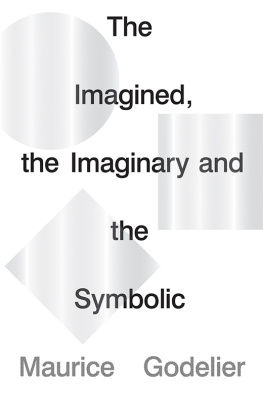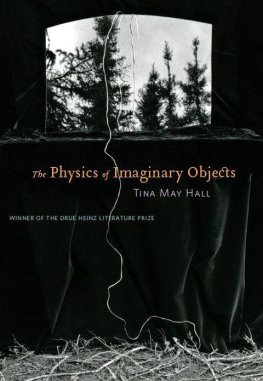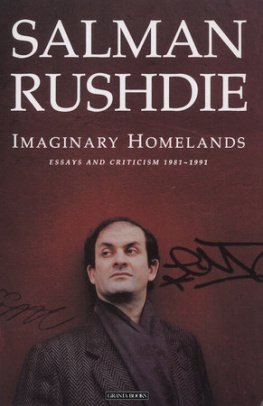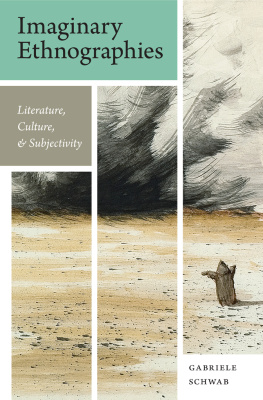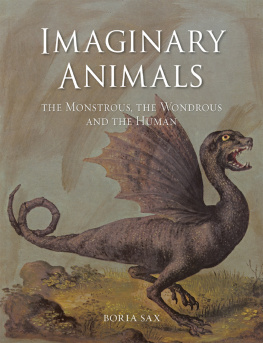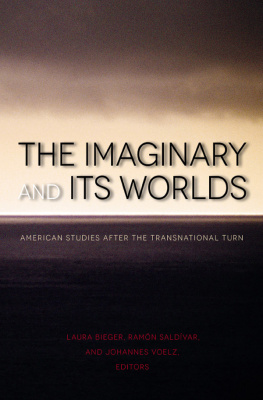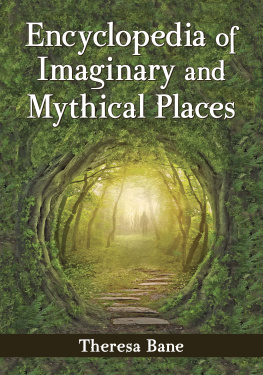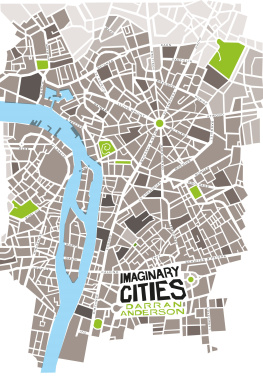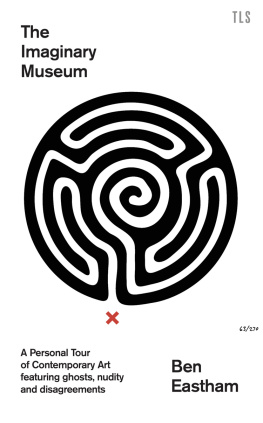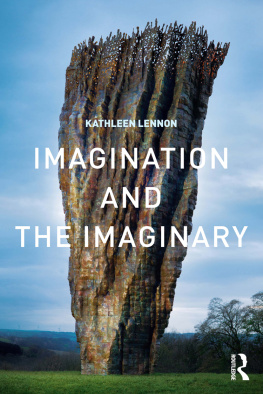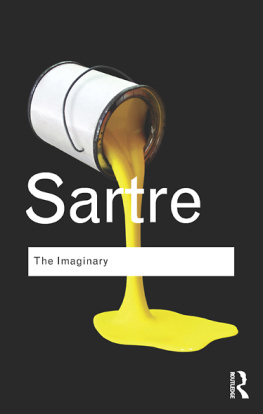Contents

The Imagined, the Imaginary and the Symbolic
The Imagined, the Imaginary
and the Symbolic
Maurice Godelier
Translated by Nora Scott


This work was published with the help of the French
Ministry of Culture Centre national du livre
Ouvrage publi avec le concours du Ministre franais
charg de la CultureCentre national du livre
This English-language edition published by Verso 2020
Originally published in French as LImagin, limaginaire & le symbolique
CNRS Editions 2015
Translation Nora Scott 2020
All rights reserved
The moral rights of the author have been asserted
1 3 5 7 9 10 8 6 4 2
Verso
UK: 6 Meard Street, London W1F 0EG
US: 20 Jay Street, Suite 1010, Brooklyn, NY 11201
versobooks.com
Verso is the imprint of New Left Books
ISBN-13: 978-1-78663-770-3
ISBN-13: 978-1-78663-768-0 (LIBRARY)
ISBN-13: 978-1-78663-772-7 (UK EBK)
ISBN-13: 978-1-78663-771-0 (US EBK)
British Library Cataloguing in Publication Data
A catalogue record for this book is available from the British Library
Library of Congress Cataloging-in-Publication Data
A catalog record for this book is available from the Library of Congress
Typeset in Minion Pro by Hewer Text UK Ltd, Edinburgh
Printed and bound by CPI Group (UK) Ltd, Croydon CR0 4YY
For Lina and Zacharias,
And in memory of the immense scholar,
and my good friend, Jack Goody.
Contents
Why this book, and why this title? In the first place, because not everything that is imagined is imaginary. And since everything that is imagined is done so by the mind, we must analyse how and why, in certain domains, the mind produces imagined content that is imaginary and, in other domains, imagined content that is not. In his two books The Imagination and The Imaginary, Jean-Paul Sartre did not make this distinction, yet it is a strategic one.
We all know, from daily experience, that we can be at the same time present in the moment by our consciousness but absent by our mind, even though consciousness is also mind. And we also know that when our mind projects itself beyond the present, it is not the same thing to represent to ourselves facts that no longer exist but did exist at one time, such as scenes from our childhood, as it is facts that do not yet exist but will exist in the future, such as a planned vacation to Istanbul; or facts that can never exist but which we can imagine, such as the invasion of the earth by giant spiders from a planet billions of light years away.
There are several kinds of imaginaries, and our relations with each of them, therefore, cannot be the same. To obtain a clearer picture, let us make a very short all too short inventory; as we will see, the distinctions between these imaginaries always seem to emerge from the singular relationship each entertains with the real. Which raises the inevitable question: What is the real?
Take play, keeping in mind that all children the world over have played, and that once they are adults many continue to play in other forms. The child playing cowboys and brandishing noisy revolvers that cannot kill knows that he (is and) is not a real cowboy. And, when he was younger and scolded his teddy bear for having wet on the carpet, he already knew that Teddy was not a real bear and had not really wet on the carpet.
Or take the arts, and the example of the Iliad and the Odyssey, which since antiquity have been attributed to the great poet Homer. Perhaps Homer was not the only author of these masterworks, but neither was he Achilles or Ulysses, whose feats he sang. And perhaps neither Ulysses nor Achilles ever really existed, either, but we thrill to the tale of the many dangers Ulysses faced, threatened with the deadly grip of the Cyclops or the loving embrace of Circe as, after the fall of Troy, he sailed towards Ithaca where his faithful wife, Penelope, had been waiting for years.
We do not expect poets or their work to depict historical events as they happened. Furthermore, are not historical events perhaps also a mixture of the real and the imaginary? When inscriptions or monuments dating back several thousands of years tell us that the Babylonian king Nebuchadnezzar II (605552 BCE), after conquering the Egyptians and subjugating the kings of all the major cities of Syria and Arabia, as well as the king of Judah after taking Jerusalem (597), proclaimed himself King of Kings and decreed that the god Marduk, with whom he had made a pact and who had led him from victory to victory, was the paramount god, what is a professional historian to do with these real events that rest on belief in the existence of imaginary beings and worlds?
Here we have a paradox. If Nebuchadnezzar II really believed that the god Marduk had led him from victory to victory, we find ourselves But what is the symbolic, and can it help us distinguish the real from the imaginary? Perhaps not, if the symbolic function is a prior condition for any form of activity and thought that has meaning for people. This is because the symbolic function is the wellspring of all possible forms of signifiers, which enable humans to signify as much what they think and do as what they are unwilling or unable to think or do.
The symbolic thus extends beyond thought and the mind to fill and mobilise the entire body, its gaze, gestures, postures, as well as everything that projects outside individuals the meanings they have given to the world temples, palaces, tools, foods, mountains, the sea, the sky and the earth as they think and feel them.
Of course, language is at the heart of the symbolic function since words are symbols and designate that which is not themselves. But language is not the whole of the symbolic and does not exhaust it. If the symbolic is present in every form of activity or thought, then symbols cannot have the same content or play the same role in mathematics, art and religion. And, it seems that when symbols are invented for the purposes of religious beliefs, some of them change their nature and undergo a veritable transmutation. Once masks, icons, sacramental formulae, and so on have become sacred objects, they seem also to contain in themselves the invisible beings they designate. It is as though these invisible beings appropriate for their own purposes the symbols people have made in order to communicate with them and to bid their presence. These are the areas we will attempt to explore and steps we will follow to do so.
A final word: it should be remembered that, as an anthropologist, I will be analysing primarily imaginaries that are shared by the members of a given society or the followers of a religion.
To inquire into the nature and role of the imaginary and the symbolic is to attempt to account for the basic components of all societies. But because the two are connected, it is also to attempt to explain the essential aspects of the human way of life, aspects which, in every instance, form a large portion of the social and private parts of our identity. To shed some light on our endeavour, I will cite a few examples of imaginary and symbolic material that form part of the social fabric and the way of life of those living in a society, while stressing that such a list, however long, can never be complete.
The worlds that spring from the imaginary are, first of all, the founding myths of religions, or those that have legitimised political systems or other power regimes that have emerged throughout history. Two examples: the Chinese notion of the Mandate of Heaven, which legitimised one mans right to become emperor; or that of the God-given right invoked by the Catholic king Louis XIV in exercising his absolute power over his kingdoms subjects. But in addition to religions and political systems, we should not forget that there are many other social relations built on an imaginary component.

